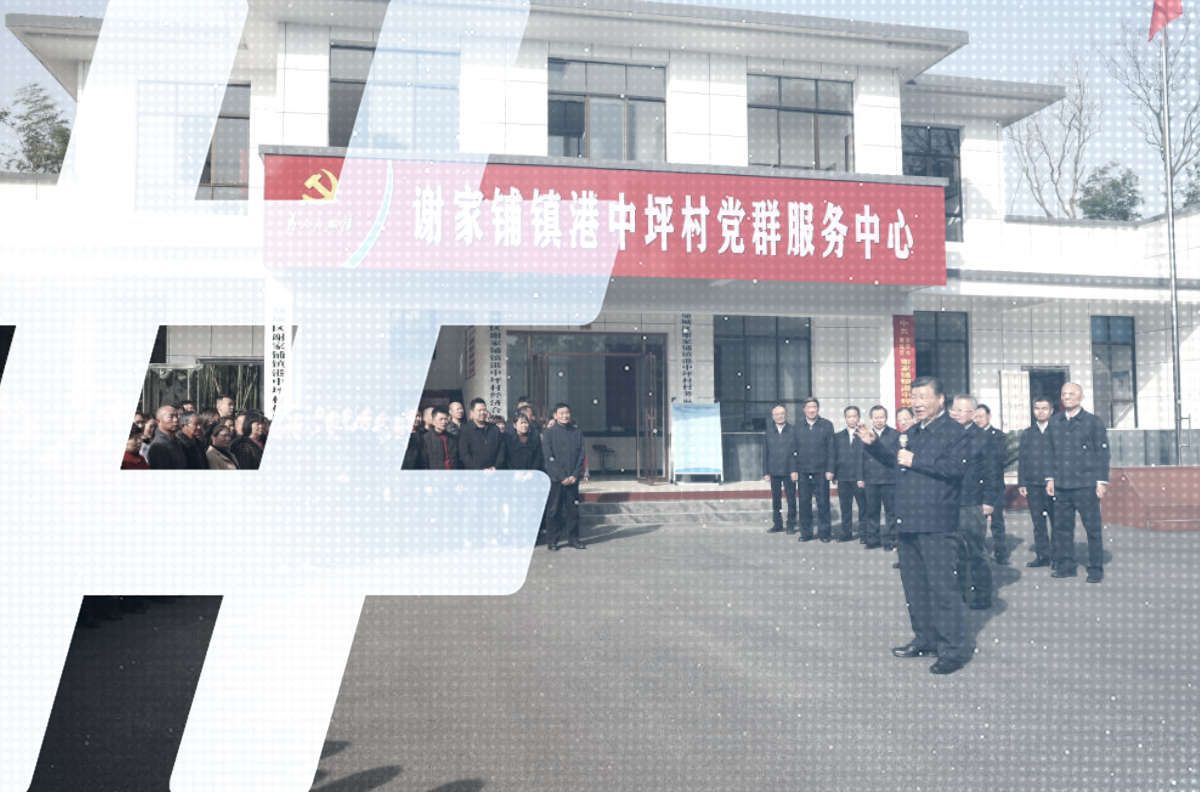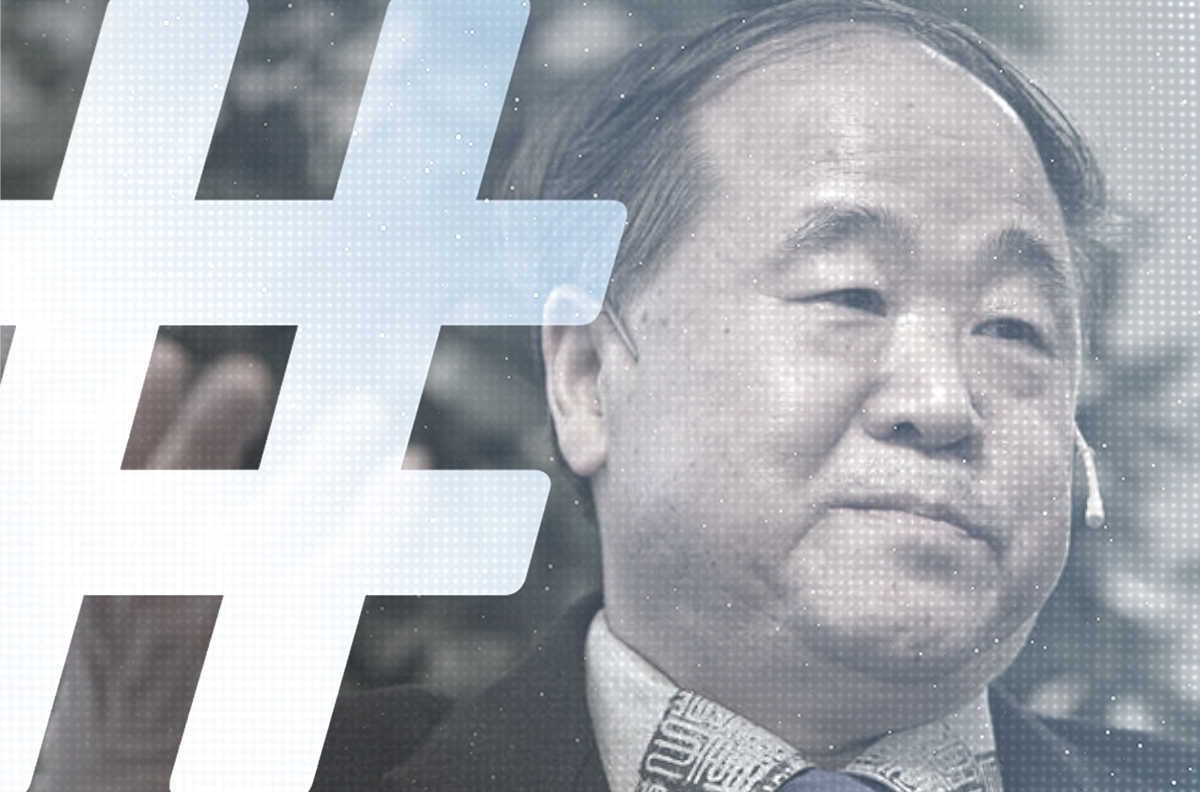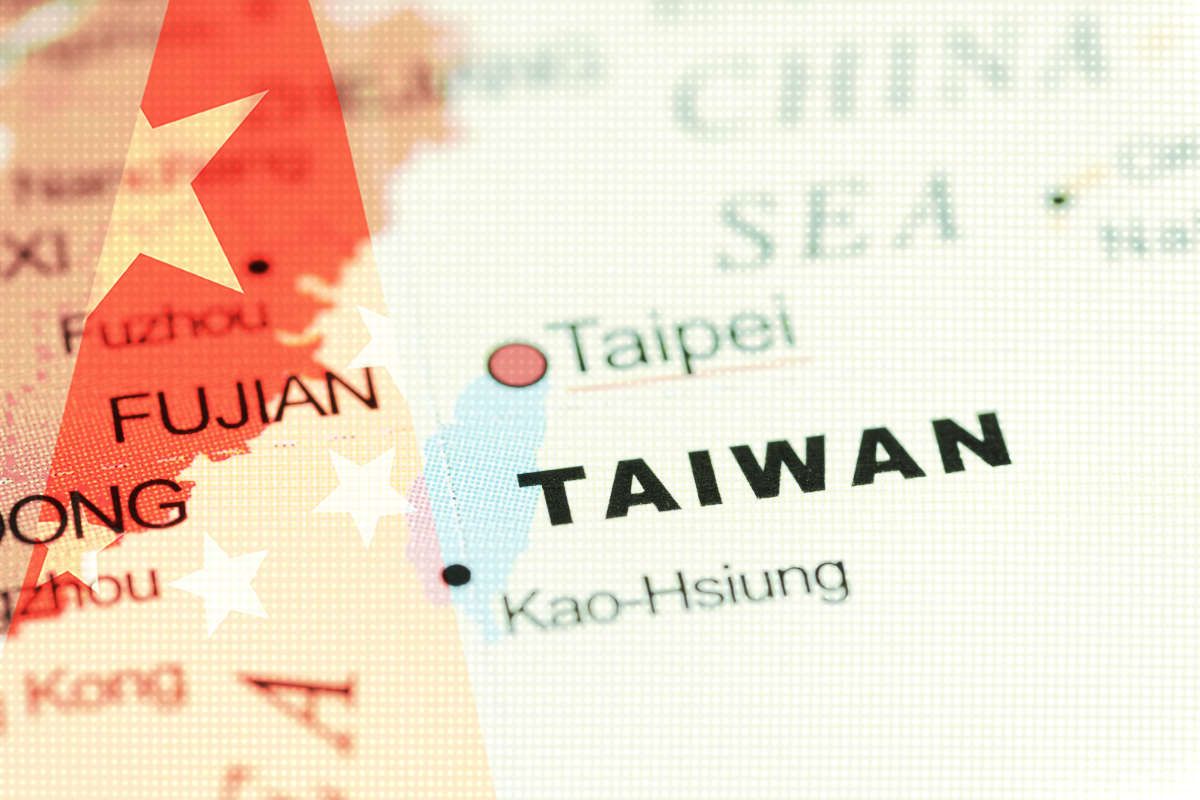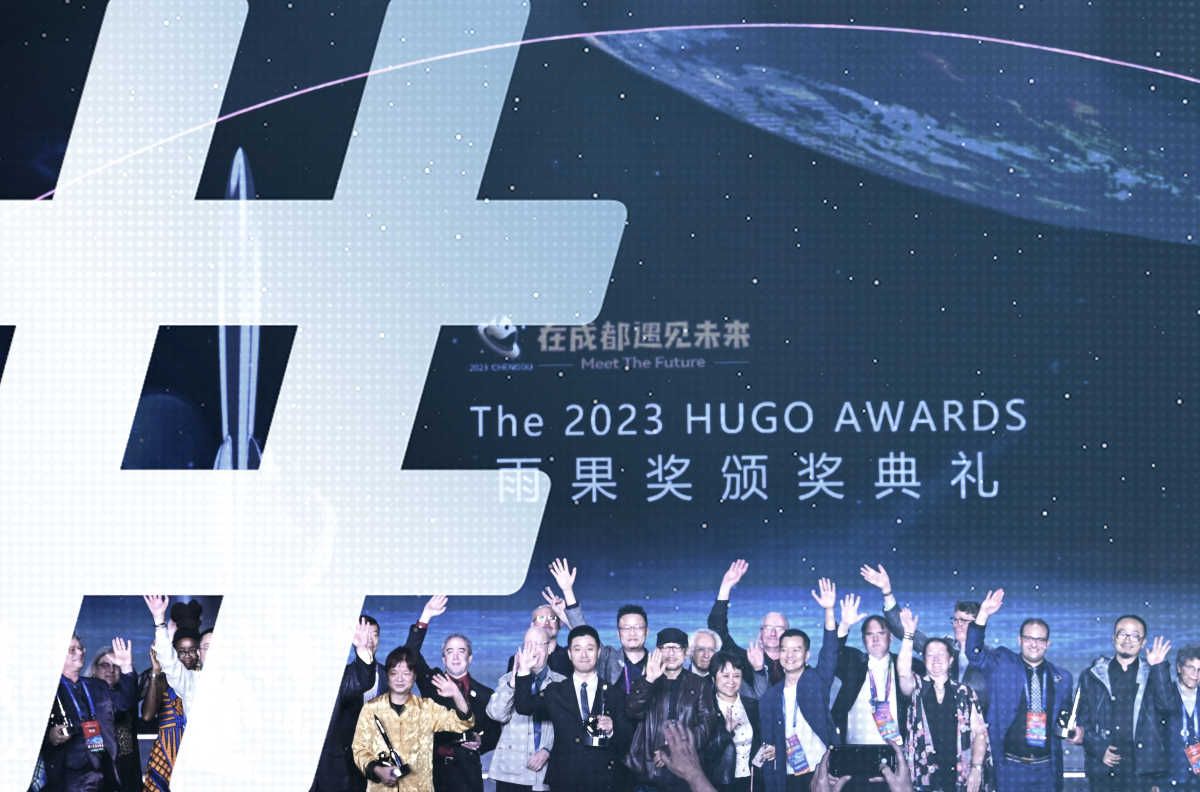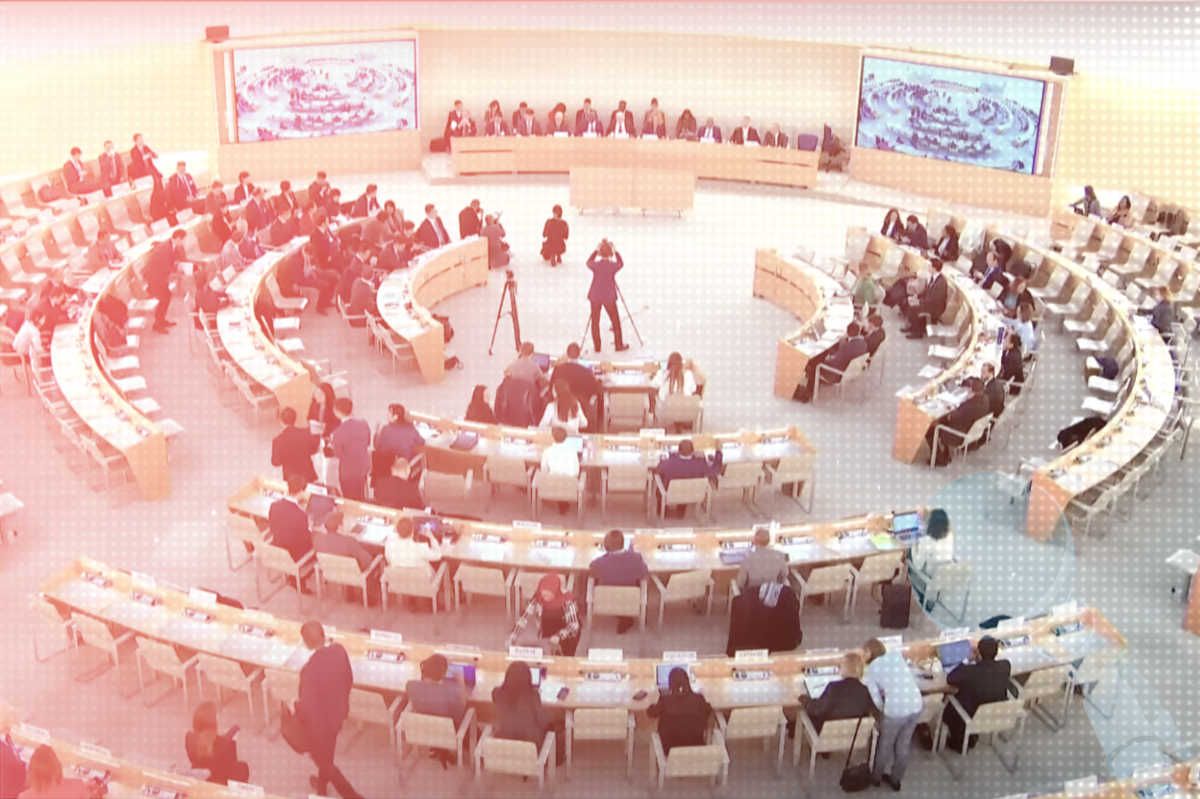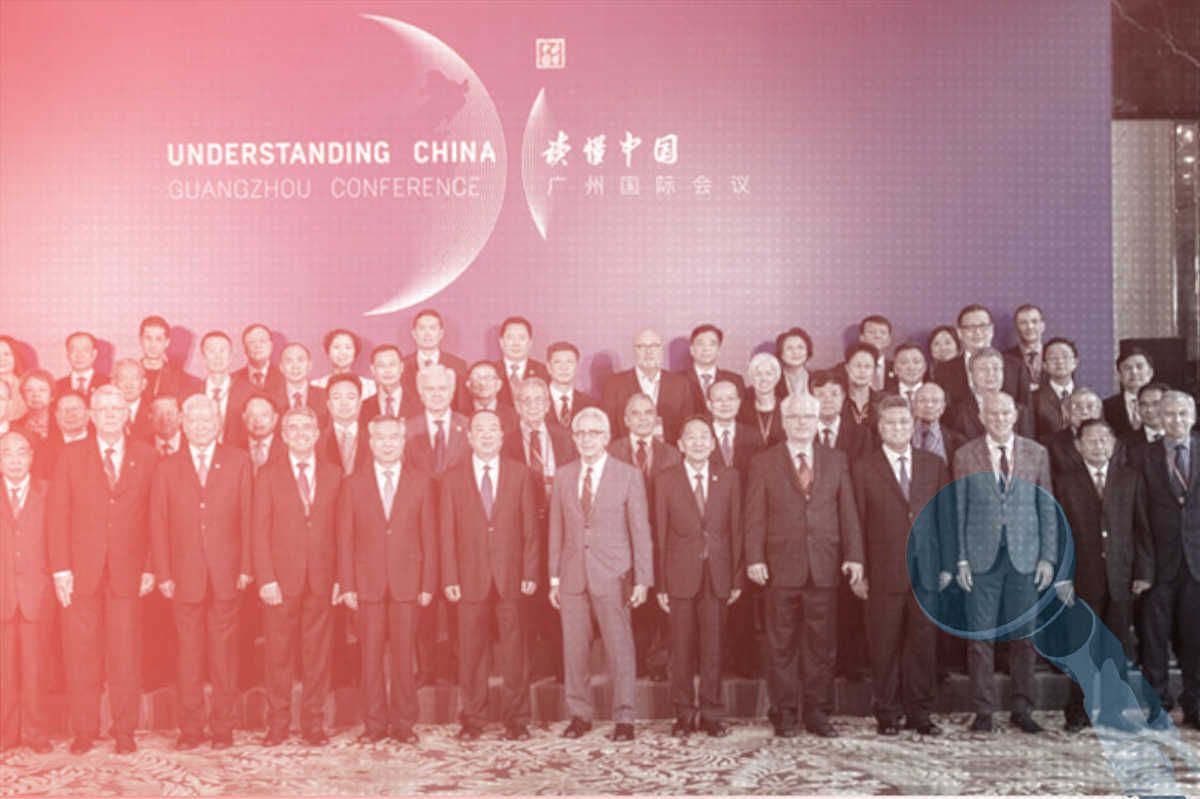Going Global
Chinese Propaganda, In a Local Paper Near You

Raising the effectiveness of international communication has been a top political priority for China’s leaders since the late 2000s, rooted in the sense that the country’s comprehensive national power (CNP) and capacity for global influence are hampered by a deficit of soft power. In the Xi era, the sense of strategic urgency has deepened, with concern among Chinese Communist Party leaders that “the general pattern in international public opinion of western strength against our own weakness remains unchanged.”
Xi Jinping’s bid to close China’s gap in global discourse power (话语权) with the West has focused on remolding older CCP approaches to external propaganda (对外宣传) around the notion of strategic storytelling. The objective, first outlined in August 2013, is to “tell China’s story well,” which will enable the more effective transmission of “China’s voice.”
But crafting a credible and compelling narrative and finding ways for that narrative to effectively reach diverse audiences with widely varying demands is far easier said than done. As we approach the ten-year anniversary of Xi’s injunction to “tell the China story well,” it is not clear that China has become better or more effective in conducting external communication — even if it has become far more determined.
Global Delusions of Grandeur
Last month, as the CCP’s official People’s Daily reflected back on its accomplishments for 2022, it ran several articles on the issue of “comprehensively raising the effectiveness of international communication.” This included a December 22 article laying out the CCP’s strategic approaches to external communication, and a December 28 special feature detailing the ways the People’s Daily had applied its own efforts.
The pieces, juxtaposing policy approaches and concrete cases, offer a revealing summary of how the Party and its flagship newspaper approach the issue of external propaganda. And one clear takeaway for those who observe the broader question of Chinese influence is that core Party media have made little notable progress in developing their own international channels for communication since “going out” was defined as a key goal in the late 2000s.
Core Party media have made little notable progress in developing their own international channels for communication since “going out” was defined as a key goal in the late 2000s.
The first piece, “Raising the Communication Power and Influence of Chinese Civilization” (增强中华文明传播力影响力), mirrors language first introduced with boldness at the May 2021 collective study session of the CCP Politburo. One priority at that session, following the thinking of the invited speaker Zhang Weiwei (张维为), a known proponent of Chinese exceptionalism, was the creation of a unique “Chinese discourse system” (中国话语体系) that could be deployed with confidence globally. Another was the building of a “strategic communication system with Chinese characteristics” (具有鲜明中国特色的战略传播体系), a phrase that since that time has been taken seriously by CCP officials and commentators.
Both of these phrases, strategic though they may sound on the surface, are prime examples of a malady endemic to CCP policy-making. As formulas, they may sound purposeful, but they are utterly vacant when it comes to strategic content.
Zhang Weiwei may talk until he is blue in the face — and he and others do — about the new global dominance of a “Chinese discourse system” and a coming era of “post-Western discourse” (后西方话语). But these are little more than slogans used to mobilize toward broadly-defined objectives, often without any apparent consideration of audiences globally and their values and interests. As we shall see in the next section, they do not generally result in fresh approaches to the practice of international communication.
This is the way CCP’s movement-style governance often works. Concepts and slogans delivered from the top, some fresh and others recycled — think “common prosperity” —package and repackage official priorities. These priorities are then broadly applied by actors throughout the political system, including various Party and government bodies, the Party-led media, academia, and even private and state-run businesses, which have a vested interest in signaling compliance.
The process certainly holds for the CCP’s international communication objectives, which under Xi Jinping have been defined as a whole-society effort in which even individuals are to be mobilized as communicators of the Party’s global agenda.
It all sounds very grandiose. To many in the growing global community of researchers of so-called “Chinese influence” around the world, it may also sound sinister and dangerous. But when we take a closer look at the activities China pursues globally, what we often see is a pattern of changing official discourse to describe the intent behind tactics that have largely remained unchanged, and that have questionable effectiveness.
A Chinese Strategic Communication System?
The December People’s Daily piece on raising the power and influence of Chinese civilization offers a good look at this gap between newly wrought CCP discourse and unchanging CCP strategies. The piece contains this choice and revealingly empty passage:
Only with a strategic communication system with Chinese characteristics can we effectively coordinate our resources, give full play to our collective effect, and focus on improving the influence of international communication, the appeal of Chinese culture, the affinity and strength of China’s image, the persuasive power of Chinese discourse, and the guiding power of international public opinion. Building a strategic communication system with distinctive Chinese characteristics is a systematic project that requires systematic thinking and overall planning.
The Party must, this passage tells us, be systematic as it works toward a strategic communication system. This system, moreover, irrespective of the obvious strategic need to take into consideration other cultures and discourses, must be distinctively Chinese. In statements like this, we can see China’s official discourse turning in on itself. What does any of this mean? More importantly, how does it have any reference or relevance to a television audience in Nairobi, or to newspaper readers in Brazil?
This is not to say that the CCP’s strategic intentions should not be taken seriously. They certainly should be. But taking them seriously also means recognizing their limitations. Anyone with a background in media or strategic communication can tell you how challenging it can be to advance agendas effectively in any communication environment. Do we really imagine the CCP can simply do so by sloganeering about systems to communicate its cultural greatness, confidence, and uniqueness?
Immediately after the inflated passage above, the People’s Daily runs briefly through concrete strategies for international communication, exposing the CCP’s reliance on old and familiar approaches pre-dating the Xi era and having precursors even in the pre-reform era:
[We must] better employ high-level experts, using important international conferences and forums, foreign mainstream media, and other platforms and channels to speak. [We must] prioritize the use of overseas Chinese, overseas Chinese-invested enterprises, international friends, and others in international communication. [We must] be tactful in the strategy and art of the international public opinion struggle, widely making friends, uniting and winning the majority, grasping international discourse power, and consciously safeguarding the dignity and image of the Party and the state.
The cultivation of “international friends” and use of “international conferences and forums” and “foreign mainstream media” are tactics that would be familiar to any propaganda official in the 1950s, when, for example, the official journal People’s China (人民中国) was launched by the Central Propaganda Department with editions in 49 countries to “let the people of the world understand China,” and to serve as a front for people-to-people exchanges with willing partners abroad, such as the Japan-China Friendship Association, linked to the United Front Work Department (UFWD).

The creation of a new generation of Chinese media outlets overseas — echoing the rollout of People’s China in the 1950s and 60s — was defined as a core objective beginning in 2008, around the time of the Beijing Olympic Games. China invested heavily in the global expansion of state media ventures throughout the 2010s, with outlets like Xinhua News Agency, China Daily, CCTV, and China Radio International (CRI) expanding their global presence. Notice, however, that the above list of priorities does not even include the building of more direct communication channels overseas through the “going out” of Party-state media. These direct efforts have resulted so far in few real gains for Chinese media in foreign markets. And so, revealingly, the People’s Daily article prioritizes the exploitation of foreign mainstream media as well as international conferences and forums.
The creation of a new generation of Chinese media outlets overseas was defined as a core objective beginning in 2008.
The reality of China’s reliance on foreign communication channels is difficult to square with the CCP’s determined language about the need for a “strategic communication system with distinctive Chinese characteristics.” And the December 28 full-page feature in the People’s Daily paints a much clearer picture of this reliance as the newspaper touts its foreign propaganda victories.
Turning Inward While Going Out
According to the December 28 feature, “Improving the Overall Effectiveness of International Communication” (全面提升国际传播效能), the People’s Daily reported “cumulative annual views” of nearly 20 million internationally in 2022 for content produced by its 39 overseas bureaus. How was this achieved?
The newspaper claimed to have provided around 3,000 news products in 13 languages to foreign mainstream media, with 35,000 “media drops” (落地) in more than 1,000 foreign media. If these numbers are reliable — though we should remember that the People’s Daily has a vested interest in boasting to those above — it means that the newspaper group produced roughly 3,000 distinct articles or news products that were placed in foreign media outlets 35,000 times, either with payment for inserts or through media cooperation. In many cases, then, identical pieces of People’s Daily news copy would have been shared with around 11.6 media outlets in different languages, with an average of just under 100 “media drops” per day.
The People’s Daily also claimed to have cooperated with media from 24 countries to introduce 169 special sections (主题专版) that reached more than 100 million readers (this likely being a calculation based on total circulation figures for these publications). Finally, the People’s Daily said it cooperated with mainstream media in Mexico, Japan, Egypt, Korea and Nigeria to create regular columns providing continuous updates on Chinese news, with annual views of nearly 20 million.
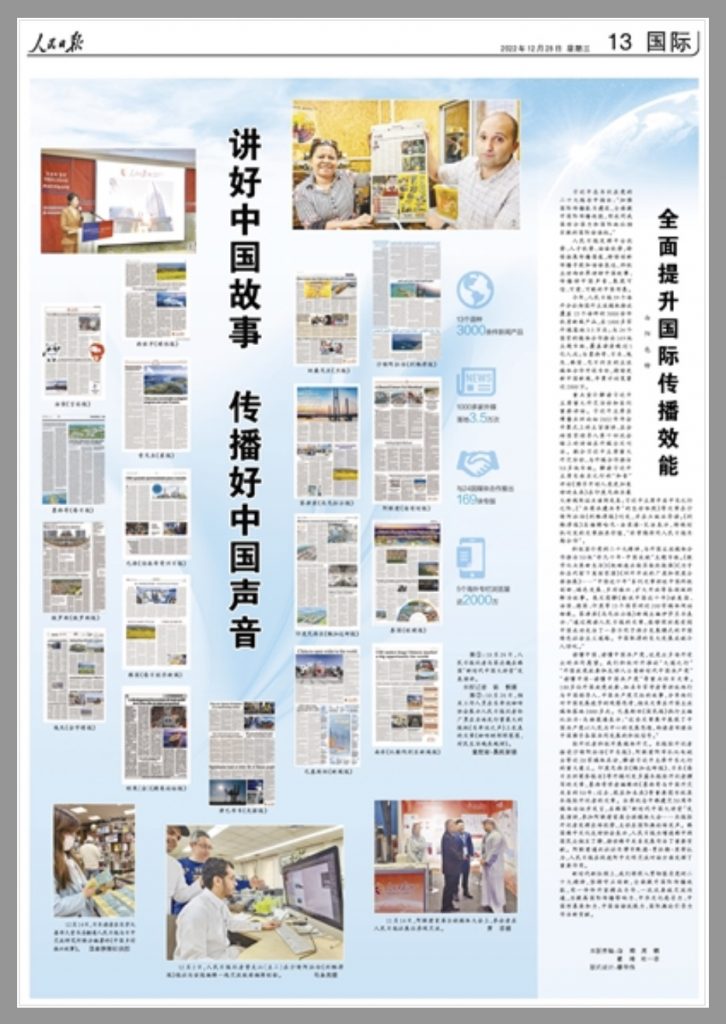
In what sense was this content from the People’s Daily strategic? Did it take into consideration the needs or values of local audiences? Did it focus on human stories or voices, taking cues from Xi’s notion of “telling China’s story well, transmitting China’s voice well” — a phrase that ran down the center of the page, in the midst of images of international newspaper pages?
The answer is no. The examples the People’s Daily provided are entirely in line with the themes to be found in domestic propaganda. As the newspaper explained:
We focused on the interpretation of President Xi Jinping’s major diplomatic events and series of important speeches. President Xi Jinping’s keynote speech at the opening ceremony of the 2022 annual meeting of the Boao Forum for Asia and his speech at the 14th meeting of the leaders of BRICS countries were published in full in foreign media. In line with President Xi Jinping’s major diplomatic activities, more than 50 special pages were launched in cooperation with foreign media.
Examples included a commentary under the official pseudonym “He Yin” called “Working Together to Create a Better Future for Humanity” (携手开创人类更加美好的未来), which spoke of China as a positive force for world peace and prosperity, drawing heavily on CCP jargon. The article was published through Detikcom (点滴网), one of Indonesia’s largest online news portals. Another example was “The Vivid Embodiment of ‘Discussing, Building and Sharing Together'” (“共商共建共享”的生动体现), an article published through Saudia Arabia’s Al Riyadh (利雅得报) newspaper during Xi Jinping’s visit to the Middle East that spoke glowingly of China’s involvement in the Jizan Port.
The December 28 review of external propaganda quoted Al Riyadh editor-in-chief Hani Farid Wofaa as praising the timing of the publication of the Jizan Port article in his paper. “We are looking forward to long-term cooperation with the People’s Daily,” he said. But neither of the abovementioned articles was written with any consideration of domestic audiences in Indonesia and Saudi Arabia. Both were domestic propaganda appearing first in the pages of the People’s Daily.
“We are looking forward to long-term cooperation with the People’s Daily.”
Al Riyadh editor-in-chief Hani Farid Wofaa
Other titles emphasized by the newspaper give a sense of the content transmitted to foreign audiences, and suggest little effort beyond the mirroring of propaganda priorities at home in translated external propaganda. The paper “actively promoted the spirit of the 20th Party Congress,” it said, by “cooperating with foreign mainstream media” to launch 50 special pages on such themes as “An Extraordinary Decade, China’s Achievements” (非凡十年·中国成就), and “Making the Manufacturing Sector Superior and Strong” (把制造业做实做优做强).
The People’s Daily is almost certainly applying the word “cooperation” only in the loosest sense here. There might be cases of real cooperation between the newspaper and foreign outlets. But most of the so-called “media drops” are likely instances of paid advertising or inserts, coming at immense aggregate cost when the sheer volume of drops is considered.
The December 28 review includes, for example, the image of a full page of content published in Egypt’s Al-Ahram (Pyramid), the country’s second-oldest and most widely circulating newspaper. The stories, which are clearly labeled at the top of the page as coming from the People’s Daily, deal with Chinese infrastructure projects, including renewable energy, corresponding to the 2022 United Nations Climate Change Conference (COP27), of which Egypt was the host.
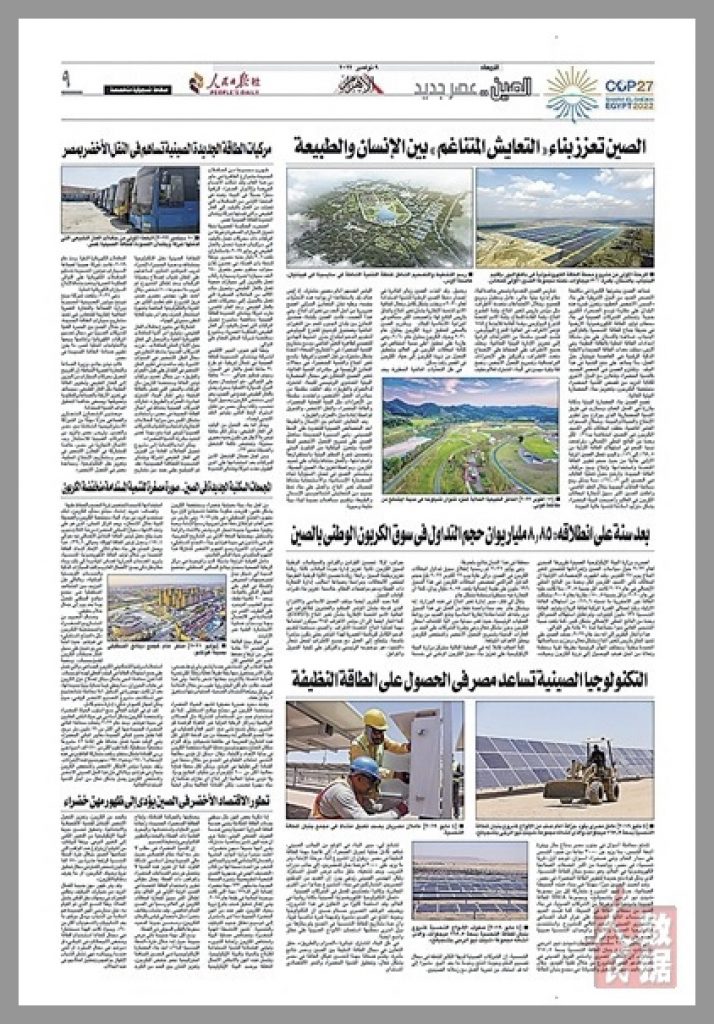
According to advertising rates available online, a daily full-page advertisement (4 colors) in Al-Ahram was listed in 2018 at over 19,000 US dollars.
Rates of course vary from publication to publication. Covering a 2021 People’s Daily review of its own foreign propaganda blitz around the National People’s Congress, CMP noted that advertising rates for that year posted by the French magazine l’Opinion (one of the publications featured) showed that full-page advertisements ran between 18,000 and 30,000 euros (21-36,000 US dollars).
The many thousands of placements in foreign newspapers alone by the People’s Daily in 2022 would likely translate into many tens of millions of dollars, an immense investment.

In addition to newspaper “drops,” the People’s Daily claimed to have pushed its propaganda through overseas websites. In the December 28 review, the group took credit for an English-language illustrated series called “China: The Numbers of a Decade” (数说中国这十年), which it said ran on “close to 200 websites in the US, France, Germany, and India.” It quoted “Isabel,” identified as a “news editor for the Manila Bulletin, voicing a sentiment suspiciously in line with official CCP views about the unique advantages of the China Model for developing nations: “Through reading People’s Daily articles we can profoundly feel that China has successfully taken a path to development that is different from that of the West. China’s tremendous development achievements are amazing.”
But these claims for “China: The Numbers of a Decade” hardly stack up against the evidence online. The series, which seems to have been a China Media Group production in which CGTN, the international arm of China’s state-run broadcaster, took the lead, was promoted through PR Newswire, the release sharing a link to the series on the CGTN news website. The same release can be found pasted to other sites, including Padova News, a free news site that advertises itself as the first online daily newspaper in Padua, the independent news outlet India Shorts, and the options trading site Benzinga. CGTN also plugged the content through Twitter, receiving 5 retweets and just 11 likes.
The claim that the series ran on “close to 200 websites” around the world is a blatant and self-deceptive exaggeration based on the casual re-posting of a free press release by scores of websites on the internet periphery. Moreover, the interactive product itself is created in such a way that it is hard to imagine its appeal to international audiences. The product essentially offers blocks of text-heavy propaganda about China’s economy and society in a slow-loading digital format that is cumbersome to navigate — and is likely to be incompatible with most websites internationally.

Nevertheless, the People’s Daily insisted with tone-deaf conviction on the appeal of this and other media products: “Reading and understanding China, and reading and understanding the Chinese Communist Party, is the common wish of many overseas audiences,” the December 28 review concluded.
Is it really, though? What efforts have Chinese Party-state media made to actually understand overseas audiences and their wishes and interests?
China insists that it is ready to speak more loudly and compellingly in the world and that it wishes to convey a “real, three-dimensional and comprehensive China” (真实, 立体, 全面的中国). But this goal is ultimately thwarted by its inability to listen, and its insistence on repressing diverse and human voices in favor of the one-dimensional and self-gratifying voice of the state.
These 35,000 media drops reported by the CCP’s flagship newspaper, just drops in the sea of a broader campaign to influence global public opinion, suggest that China — for all its talk of “a strategic communication system with distinctive Chinese characteristics” — has made few real advancements in terms of strategy or substance. It still relies overwhelmingly on the credible avenues offered by local and international media outside of China.
This is a testament, on the one hand, to the failure of the mission set by Hu Jintao nearly 15 years ago, to create the country’s own effective international communication channels through a process of “going out.” On the other hand, it does not mean that such tactics should not be taken seriously, or watched closely. As China’s media “going out” strategy proves ineffective, state media and other actors, including Chinese missions overseas, will continue to exploit foreign media channels and online platforms in ways that have a potentially corrosive effect on open discussions of China and its role, particularly in less free media environments. And they are likely to double-down on more covert and coercive means to co-opt agendas and silence China’s critics.
But China’s communication failures also represent an opportunity that should be recognized and responded to. Beyond raising awareness of the efforts of the Chinese Party-state to influence international agendas, free and open societies around the world should find new ways to work collaboratively on media projects that respond to local needs and concerns, and that encourage media literacy and media production in ways that are professional, participatory, and creative.
For all our talk of asymmetries in global communication, and related vulnerabilities for liberal democracies as opposed to authoritarian states, it remains true that openness is an asset and a strength. It enables us to do that thing so fundamental to the act of communication, which China has consistently shown itself unwilling to do. It enables us to listen.

